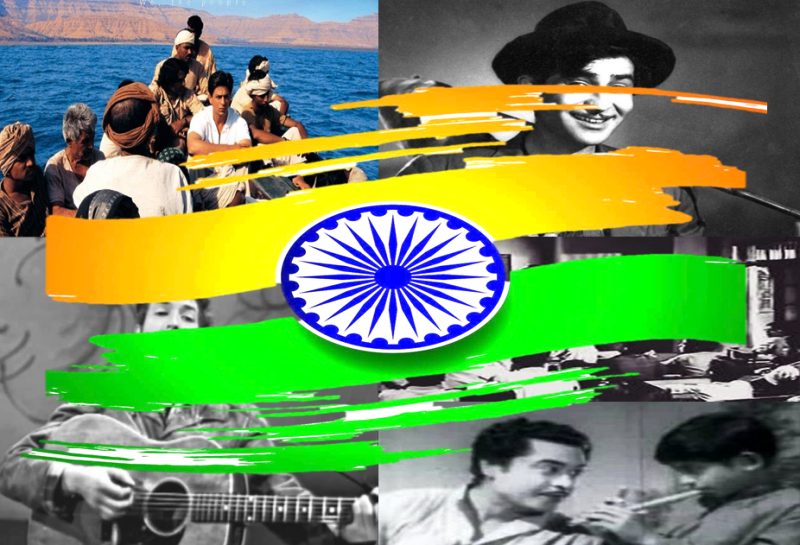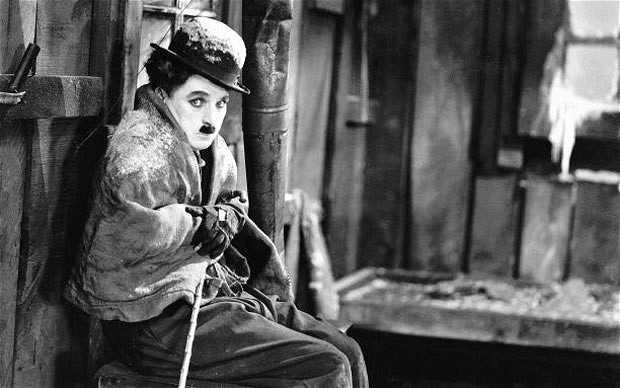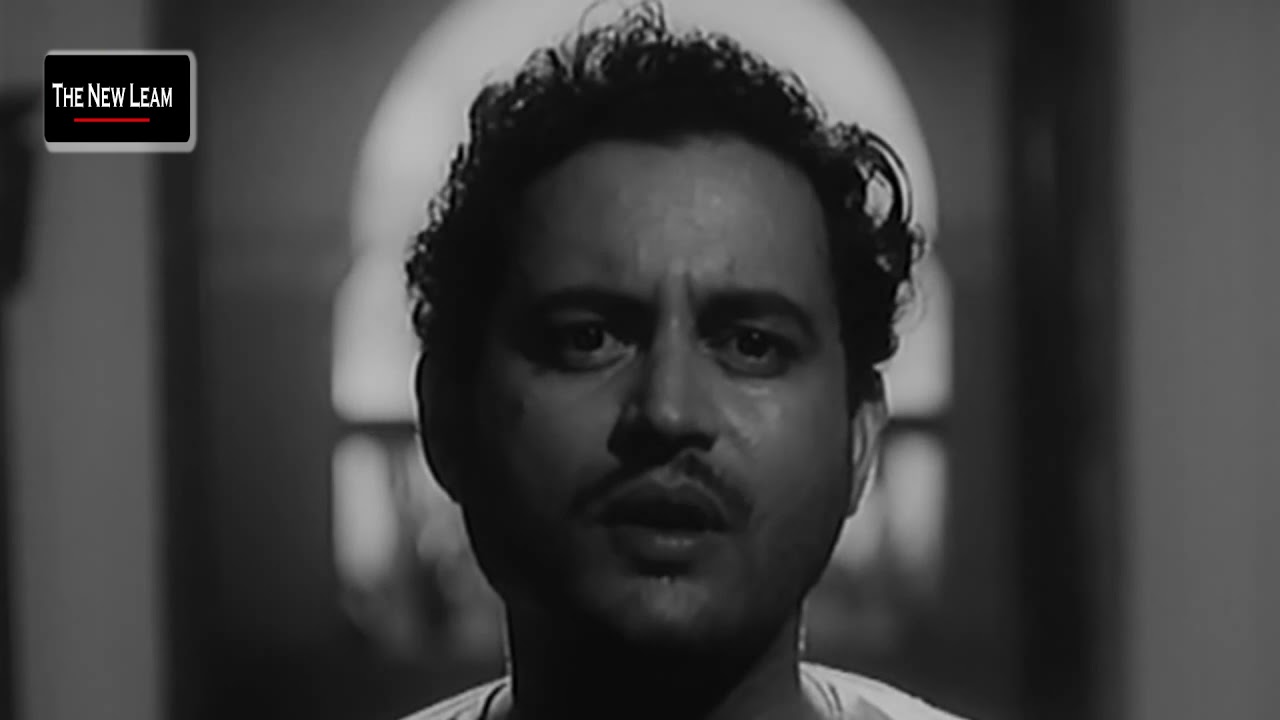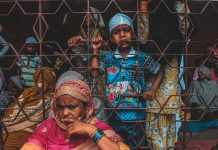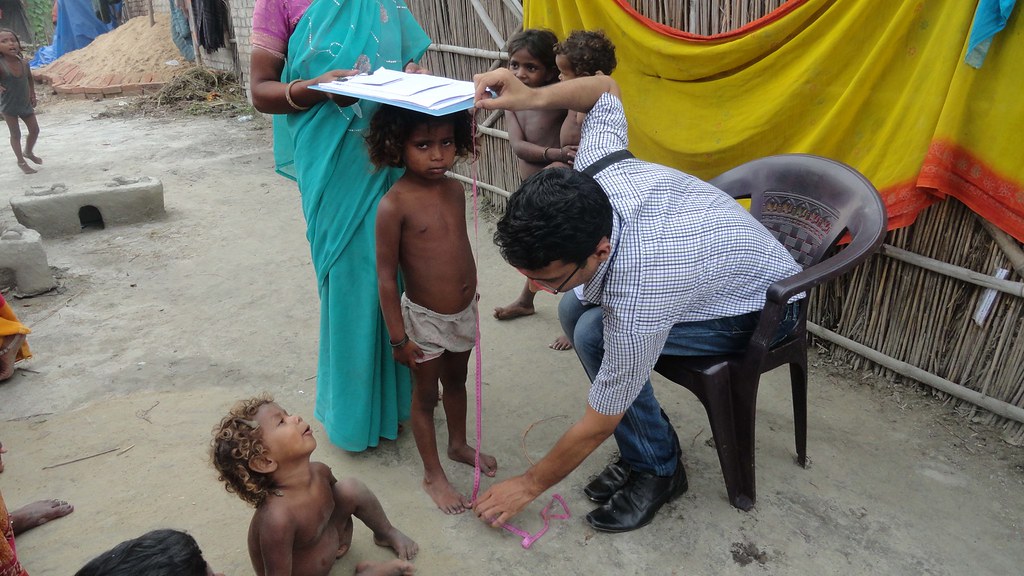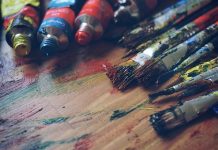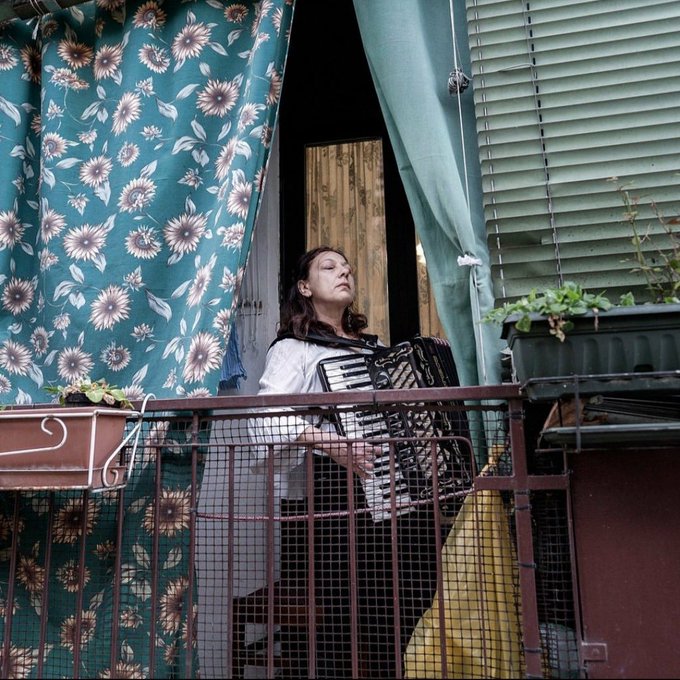
We are living in unprecedented times, says the writing on the wall. The novel Coronavirus, also termed Covid-19, has held the world hostage at large. Lockdown, self- isolation, quarantine, pandemic, social and physical distancing have become part of our everyday vocabulary. People are dying, or being confined to their homes, the homeless and vulnerable have set out on never-ending journeys in search of food and a roof, critical resources are stretched, and the very essence of our freedom is shrinking.
In times of such desolation and anguish, art and its manifestation plays a significant role in society. Most of us know the feeling of being moved by a work of art, whether it is a song, a poem, a play, a painting, or a spatial-temporal experiment.
There are, of course, more pressing needs that require immediate attention.The music aficionados that Italians have been for centuries set the ball rolling when visuals of them crooning and making music from the balconies of their homes, quarantined and isolated, made news worldwide. Italy was, at that moment, worst hit by the pandemic, and such a musical manifestation painted a beautifully poignant picture of the undying and ineffable essence of the human spirit.
The Merriam Webster Dictionary defines art as “the conscious use of skill and creative imagination especially in the production of aesthetic objects”. Art is the activity by which a person, having experienced an emotion, intentionally transmits it to others, said Leo Tolstoy very succinctly.
Usually caught up in the rigours of everyday life, our inner passions and creative callings tend to take a backseat. However, this period of forced isolation has, in a way, made us look inwards into the vast inner space of our thoughts and imagination. It has helped to cull out and hone the artistic passions that lie within. Moreover, in these times of lockdown and limited movement, social media has given people some sort of agency to put out their voice, talents, and almost anything that provides as a tool for catharsis in these precarious times. Ranging from cooking and dancing and singing to poetry and drawings and graphic art, people have channelled their talents to creatively express themselves.
Art also provides a sort of escapism, if you will, to a world of infinite possibilities. By opening the windows of creative imagination and thought, art enabled one to envision ideas and create meanings that are calming, inspiring, radical and liberating, especially at a time when the pandemic has made life so restricted.
The significant role that technology and today’s digital world has played in spearheading the new normal regimen in the Corona-battling world has been enormous. In these unprecedented times of physical distancing and lockdown, it has provided people with a medium of connection with the larger world via virtual networks and associations. It has made sure that the artist finds her audience, online, if not offline.
Periods of self-isolation and solitude can be ideal for art to blossom, but no idea or creation exists in vacuum and needs communication with a social milieu which provides food for thought. The artist continually engages in a dialogue with the society. British art critic and theorist John Berger identified, in the act of drawing, something that is inherently autobiographical – a continual process of refining vision which moves us towards new understandings about ourselves and the world around us.
This year, when Bohag came, we found ourselves encapsulated in our homes, with the fear of Covid-19 lurking in every corner. However, the artists made sure that the essence of the season was not all lost. There were the Nandy sisters who took to their home balcony, draped in traditional mekhela-chadors, and won everyone’s hearts with their beautiful Bihu renditions, the melodic strumming of their ukuleles in sync. Similarly, Assamese film actress Barsha Rani Bishaya put up a beautiful and spirited Bihu dance performance from the garden of her home. Likewise, Angarag Mahanta took to online streaming on Facebook and performed live for the people for many consecutive days, thus reaching out to audience everywhere, invoking the revelry of Bihu beats and fervour.
These artists, who have conventionally always performed on large platforms in front of large, enthusiastic audiences, rose to the actuality of these unprecedented times. They proved that, sometimes, if need be, the stage can also be set in our own humble homes and balconies. With the passion for the craft intact, the artists made sure that the show goes on, perhaps in new and creative ways.
Many galleries now have online viewings, and artists are resorting even more to social media for showcasing their offerings. Dancers and musicians are streaming their work online, collaborating across the internet, and teaching classes via videoconferencing. During the extended lockdown, billions of citizens around the world are flocking online to watch movies, listen to music and consume other content available on OTT platforms. The likes of Netflix and Amazon Prime Video have witnessed a considerable spike in new viewership.
It is undeniable that art as an industry has suffered a huge blow. For a vocation that relies mostly on the coming together of large audiences, Coronavirus, which has made physical distancing the new normal, has made the possibility of such communal viewership bleak in the near future. In such a situation, what possibilities can the government explore vis-a-vis providing resources and the necessary wherewithal to the artists? How can we create a platform which can make all forms of art reach its audience? Do we have sufficient resources and capability to bring together professional production with a virtual audience?
Art has always been a medium to inspire, entertain, critique, and replenish society. How can art be channelled to heal and motivate and sensitise the audience in these trying times? Recently, Guwahati’s Fancy Bazaar has been given a creative makeover by graffiti artists who have taken over the walls to spread awareness about Covid-19. The artwork focuses on the importance of following norms listed by health authorities and also pays tribute to the frontline workers fighting against the pandemic.
However, at the end of the day, a rather uncomfortable question invariably does come to mind. Is Art essentially a luxury, inaccessible to all in society? When the Coronavirus pandemic took over the world in its grips, it ironically seemed as a huge leveller. All nations were affected, no matter where they ranked on the ‘development’ indexes. From the British PM Boris Johnson and Prince Charles to the Hollywood star Tom Hanks, it spared neither the high and mighty nor the commoner. However, as the lockdown was clamped down stringently, it became evident that different sections of society were affected unequally.
Thus, if art and its pursuit is considered one of the finer aspects of human life, one begins to wonder how would one indulge and engage in such callings, if the basic necessities of life aren’t adequately met.
Mulling over this thought one evening, I came across a man near the downtown bus-stop, with an indigenous music instrument in his hands, strumming away, completely immersed in his music. He was playing on the streets, definitely hopeful of earning some money from a few kind who happen to pass by. However, without any intention of romanticizing his precarious situation, I cannot deny the feeling that his music sounded like “hope”. It had a balmy effect in a place which had long been quiet.Perhaps, as long as there is art, there is hope!
Jeuty Thakur, is pursuing her PhD from the Department of Sociology, Jawaharlal Nehru University, Delhi.

